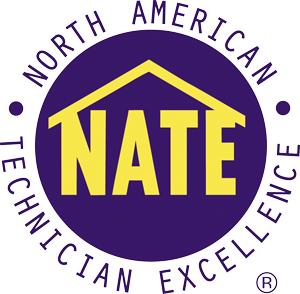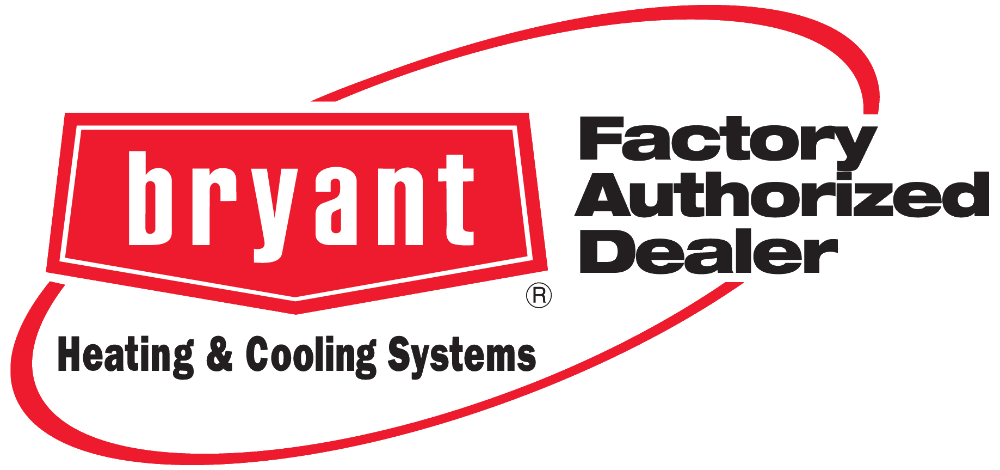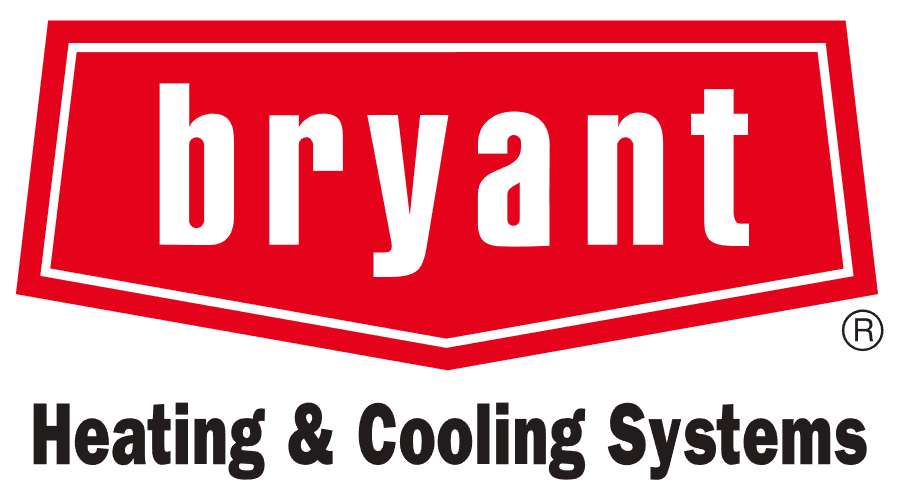March 9, 2021
Mitsubishi Electric Trane, a leading supplier of Ductless and Ducted Mini-split and VRF heat-pump and air-conditioning systems, introduces the Deluxe Wall-mounted Single-zone System with H2i plus™ technology.
Call us today for more information on Ductless HVAC at: (203) 295-4726.
February 27, 2020
Southern Connecticut Gas has been installing and upgrading gas lines all over the Connecticut shoreline and is offering rebates on a lot of equipment.
Onofreo Home Comfort Systems LLC is a preferred HVAC contractor for SCG in CT. We can offer a variety of financing options through EnergizeCT or Smart-E loans with low-interest rates.
Ask us how by calling Onofreo Home Comfort Systems LLC today at: (203) 295-4726.
January 7, 2020
EnergizeCT.com – Put energy-saving improvements on your “to-do” list to save money on energy costs and make your home more comfortable in every season. It doesn’t have to cost a lot. Start with simple no-cost or low-cost steps you can take right away, and then move on to bigger projects. It’s easy with resources from EnergizeCT.
Overview
If you’ve watched home improvement shows and gotten tips on how to save energy, you have probably replaced your incandescent light bulbs with compact fluorescent or light-emitting diode bulbs. And you may have looked into your attic to check out the insulation and ventilation. You may also be aware that it’s important to seal the air leaks that cause drafts and learned that the best way to identify them is with a blower-door test. Unfortunately, you can’t rent one at the home improvement store.
But there is a solution: Have a home energy checkup through our Home Energy Solutions program. For a small co-pay, a technician will pinpoint air leaks and seal them, test your heating system, check your ductwork, assess your insulation needs and give you recommendations for additional energy-saving improvements that qualify for rebates. Whether you go on to do the work yourself or hire someone, you benefit from expert advice specific to your home.
December 1, 2019
What you need to know when servicing or replacing an air conditioner in your home.
HCFCs and the Ozone Layer
The stratospheric ozone layer shields the Earth from the sun’s harmful ultraviolet radiation. Emissions of certain synthetic chemicals—including CFCs, halons, and HCFCs—destroy the ozone layer, and have created an “ozone hole” over the South Pole.
Through the Montreal Protocol on Substances that deplete the Ozone Layer, the United States committed to a collaborative, international effort to regulate and phase out ozone-depleting substances. While the US phased out of CFCs and halons in the mid ’90s, we now must reduce HCFC consumption in a step-wise fashion.
What are HCFCs and R-22?
Hydrochlorofluorocarbons, or HCFCs, are chemicals that are mainly used as refrigerants. Unfortunately, releases of HCFCs deplete the Earth’s protective ozone layer and contribute to climate change.
R-22 is an HCFC refrigerant that is often used in air-conditioning equipment. To protect the Earth’s protective ozone layer, the United States is phasing out R-22, along with other chemicals.
As the United States phases out refrigerant R-22, you will need to make informed choices when servicing, repairing, or replacing an existing air-conditioning unit or when purchasing a new unit. EPA has banned the manufacture of new equipment that contains R-22. As a homeowner, you need to consider and balance several key factors in your decision to purchase a new unit, such as energy efficiency, performance, reliability, cost, and the refrigerant used.
The lengthy phaseout period allows you to replace your air-conditioning equipment that contains R-22 when you normally would, for instance, if it becomes old, inefficient, or ineffective. Realizing that supplies of R-22 will become more limited and that the price may increase should also be factors. In the meantime, R-22 remains available for servicing equipment made before 2010.
Availability and Cost of R-22
R-22 is a refrigerant that is often used in air- conditioning equipment. Because R-22 depletes the ozone layer, production and import were further limited in 2010.
In 2020, R-22 will no longer be produced or imported. After 2020, only recovered, recycled, or reclaimed supplies of R-22 will be available. The production (not use) of R-22 is being phased out. You are not required to stop using R-22 air conditioners nor to replace existing equipment.
The phaseout period provides time to switch to ozone-friendly refrigerants when you normally would replace your air conditioner.
In the future, R-22 supplies will be more limited and costs to service equipment with R-22 may rise.
Servicing Systems with R-22
You may continue to have your equipment containing R-22 serviced.
The most important thing you can do is to maintain your unit properly. Appropriate servicing minimizes potential environmental damage and maintenance costs.
It is important to select a reliable service contractor. Technicians must have EPA Section 608 certification to service equipment containing R-22.
Request that service technicians locate and repair leaks instead of “topping off” leaking systems. This protects the ozone layer and saves you money by optimizing the performance of your existing equipment.
It is illegal to intentionally release any refrigerant when making repairs. Technicians must use refrigerant recovery equipment during service.
Buying a New Air Conditioner
EPA has prohibited the manufacture of new air-conditioning systems that use R-22.
Systems that use alternative refrigerants that do not harm the ozone layer are available and will become more common.
New energy-efficient air conditioners save energy costs. Even if your air conditioner is only 10 years old, you may save significantly on your energy costs by replacing it with a newer, more efficient model.
Energy efficiency is measured by the seasonal energy efficiency ratio (SEER). The higher the ratio, the more efficient the equipment.
A central air-conditioner that has earned the ENERGY STAR® label is at least 14% more efficient than a standard new system and can save you money on your cooling bill.
ENERGY STAR® qualified systems are available for both R-22 and alternative (R-410A) systems.
Alternative Refrigerants
The most common alternative to R-22 is R-410A, a non-ozone-depleting HFC refrigerant blend.
R-410A is manufactured and sold under various trade names, including GENTRON AZ-20®, SUVA® 410A, and PURON®.
EPA reviews alternative refrigerants and maintains a list of acceptable substitutes for household and light commercial air conditioning.
It is illegal to intentionally release refrigerant substitutes when making repairs. Technicians must take efforts to avoid releases during service.










